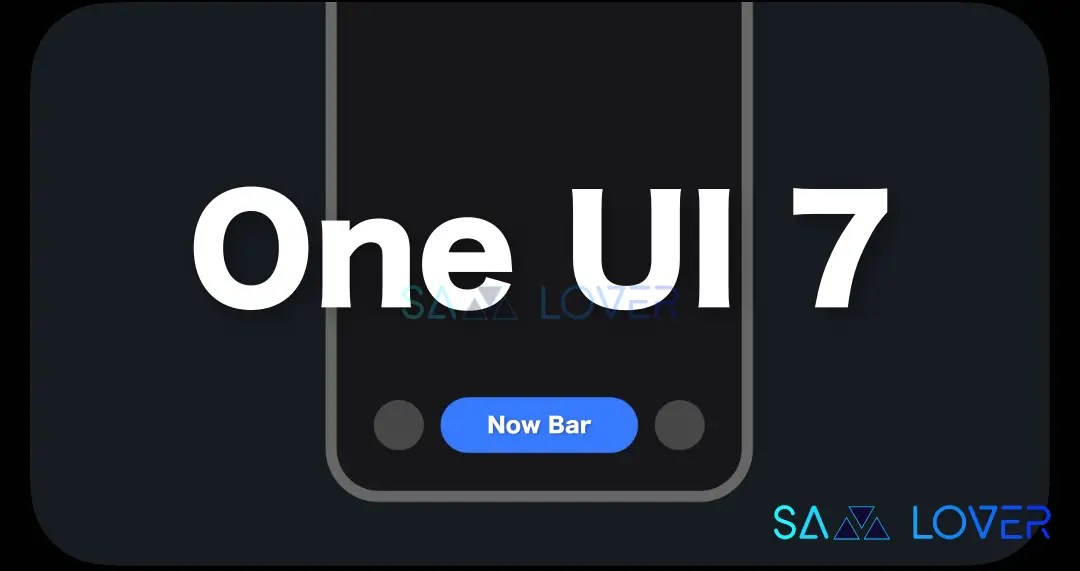After months of anticipation, Samsung has officially unveiled the Galaxy S25 Edge, a device that boasts an impressive thickness of just 5.8 millimeters (0.22 inches), making it the thinnest member of the S25 family and the company’s slimmest smartphone to date. The device is now available for pre-order and is set to launch on May 30, with a starting price of $1,100.
Samsung claims that the S25 Edge “unlocks a new era of growth for the mobile industry,” which may be perceived as a marketing tactic to promote another Samsung phone with familiar cameras, technical specifications, and AI software. However, this device could potentially mark a new direction for Samsung’s flagship S series, distinct from the Ultra and foldable models.
What’s the difference between the S25 and S25 Edge?
The most noticeable difference between the S25 Edge and the base S25 is the thickness, with the Edge measuring less than the base model, which is 6.4mm (0.25 inches) thin. Despite having a larger 6.7-inch screen, the S25 Edge weighs almost the same as the base S25, with only a gram’s difference between the two.
The reduced thickness of the S25 Edge makes a significant difference in terms of usability, feeling light and premium in the hand. However, some users may find the 6.7-inch screen too large, as the ideal screen size is often a matter of personal preference. For instance, the base Galaxy S25 or the Pixel 9 Pro may be more suitable for those who prefer a smaller device.
The S25 Edge features a dual-camera setup with a 200-megapixel sensor, which is the same as the one found in the pricier S25 Ultra. Although the camera unit protrudes 4.5mm (0.17 inches) from the device, Samsung has re-engineered it to fit the Edge’s slim profile. The phone does not feel unbalanced or fragile, despite the camera’s presence.
The Galaxy S25 Edge’s cameras
The S25 Edge’s camera system includes a primary 200MP sensor and a 12MP ultrawide camera with autofocus and macro photography support. However, it lacks a dedicated telephoto system, which may be a drawback for some users. The device can capture up to 8K video and features various photography tools, including night photography, lossless zoom, and post-capture AI editing capabilities.
The S25 Edge is powered by a custom Snapdragon 8 Elite chip and 12GB of RAM, which enables features like Now Brief, Now Bar, and Gemini Live. These tools provide users with contextual information, reminders, and the ability to tap into the camera feed to ask questions about their surroundings.
The device will receive seven generations of OS updates and seven years of security updates, ensuring it stays up-to-date with the latest software and security patches.
Samsung has implemented a new Thermal Interface Material (TIM) to ensure the S25 Edge runs cool despite its slim profile. However, the company had to make compromises to fit all the features into this compact design, resulting in a relatively small 3,900mAh battery. This may impact the device’s battery life, particularly with the larger 6.7-inch display.
The Galaxy S25 Edge is priced at $1,100 (£1,100) with 256GB of storage and will be available in three colors: Silver, Jet Black, and Icy Blue. While it is difficult to draw definitive conclusions about the device’s value, a full review will be available in the coming weeks to provide a more comprehensive assessment.
This article originally appeared on Engadget at https://www.engadget.com/mobile/smartphones/samsung-galaxy-s25-edge-hands-on-release-date-price-000022902.html?src=rss
Source Link





